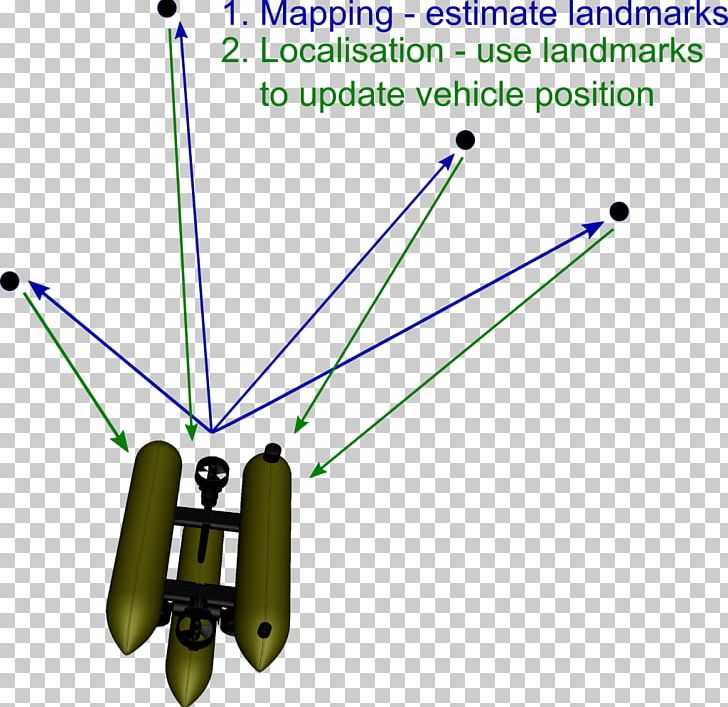The Kalman filter is a mathematical algorithm that uses a series of measurements observed over time, containing noise (random variations) and other inaccuracies, and produces estimates of unknown variables that tend to be more accurate than those based on a single measurement alone. It is used in a wide range of applications, including signal processing, control systems, and navigation.
The filter is named after its inventor, Rudolf Kalman, who first described it in a paper published in 1960. It is based on a series of mathematical equations that describe how the variables of interest (such as the position and velocity of an object) evolve over time, and how these variables are related to the measurements that are being made. The filter uses these equations to estimate the values of the variables based on the measurements, and then updates these estimates as new measurements become available.
The Kalman filter is particularly useful in systems where the variables of interest are subject to random variations (noise) and other inaccuracies, and where the measurements are also subject to similar errors. The filter is able to take into account the uncertainty in the measurements and the system dynamics, and produce estimates that are optimal in some sense (e.g., minimum variance).
Case Study
The LM35 is a precision temperature sensor that can be used to measure temperature in degrees Celsius. It can be used in conjunction with a Kalman filter to filter out noise and provide a more accurate temperature reading. Here is an example circuit for using an LM35 with a Kalman filter on an Arduino:
#include <Kalman.h>
Kalman kalman;
int lm35Pin = A0; // The pin the LM35 is connected to
double temperature;
double filteredTemperature;
void setup() {
Serial.begin(9600);
kalman.setMeasurementNoise(0.1); // Set the measurement noise variance
kalman.setProcessNoise(0.01); // Set the process noise variance
}
void loop() {
temperature = analogRead(lm35Pin) * 0.48828125; // Read the LM35 and convert to degrees Celsius
filteredTemperature = kalman.updateEstimate(temperature); // Update the filtered temperature estimate
Serial.print("Temperature: ");
Serial.print(temperature);
Serial.print("\tFiltered Temperature: ");
Serial.println(filteredTemperature);
delay(100);
}
In this example, the LM35 is connected to pin A0 on the Arduino, and the analogRead() function is used to read the voltage output of the LM35. The voltage is then converted to temperature in degrees Celsius using the LM35's voltage-to-temperature conversion factor.
The Kalman filter is used to filter out noise in the temperature measurement by updating the estimate of the temperature with the new measurement and the previous estimate.
You should adjust the measurement noise and process noise variance to match your system's characteristics and specific requirements.
It's important to note that the example code is for illustrative purposes only and may need to be modified to work with your specific hardware and application.
Here another Example Code
===========================================================
#include <Kalman.h>
Kalman kalmanX; // Create Kalman filter objects
Kalman kalmanY;
double x = 0; // Set initial values
double y = 0;
double dx, dy;
void setup() {
Serial.begin(9600);
// Set the measurement noise variance for each filter
kalmanX.setMeasurementNoise(1);
kalmanY.setMeasurementNoise(1);
// Set the process noise variance for each filter
kalmanX.setProcessNoise(0.01);
kalmanY.setProcessNoise(0.01);
}
void loop() {
x = kalmanX.updateEstimate(x + dx); // Update the estimate for x
y = kalmanY.updateEstimate(y + dy); // Update the estimate for y
Serial.print("X: ");
Serial.print(x);
Serial.print("\tY: ");
Serial.println(y);
delay(100);
}
